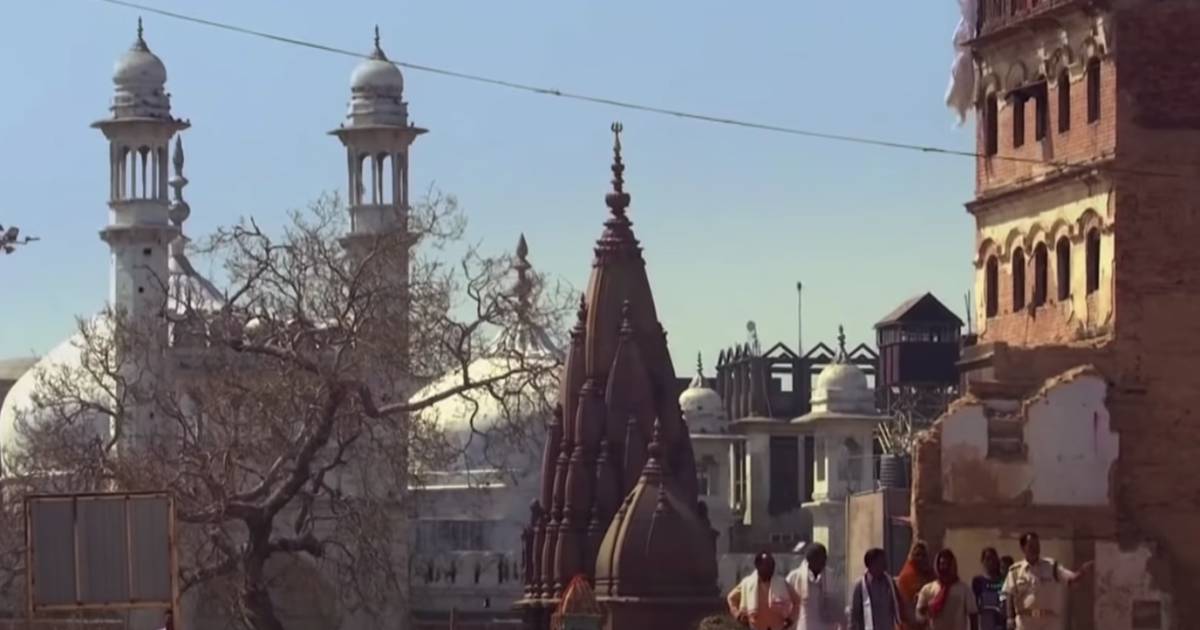Background of the Sambhal Protests
On November 25, 2024, Sambhal, a town in Uttar Pradesh, India, was rocked by violent clashes after an archaeological survey was ordered by a local court to investigate whether a 16th-century mosque, the Shahi Jama Masjid, was built over a Hindu temple. The tensions began after a petition, backed by Hindu nationalist groups, claimed that the mosque was constructed on the site of a Harihar Temple that was destroyed during the Mughal period. The order for the survey stirred fears among local Muslims, leading to widespread protests and clashes with the police.
What Triggered the Protests?
The protests erupted when a local court in Sambhal directed the Archaeological Survey of India (ASI) to examine the mosque premises. The petitioners, citing historical claims, sought to prove that the mosque was built on the remains of a Hindu temple dating back to 1529. This claim aligns with similar disputes in other parts of India, such as in Varanasi, Mathura, and Ayodhya, where Hindu activists have petitioned for temples to be constructed at sites believed to have once been Hindu places of worship.
As the news of the survey spread on the morning of November 24, misinformation took hold, with rumors claiming the survey team was digging inside the mosque. The resulting panic incited protests outside the mosque, which soon escalated into violent clashes with the police. Tragically, at least five people lost their lives in the violence, with some families alleging that the police shot at unarmed civilians.
The Legal Context: Places of Worship Act and Its Relevance
The Places of Worship (Special Provisions) Act of 1991 was designed to maintain the religious status of all places of worship as they were on August 15, 1947. This law aimed to prevent the recurrence of incidents like the Babri Masjid demolition in 1992, which sparked national riots. The Act made it clear that the religious character of any place of worship could not be changed.
However, a 2019 Supreme Court ruling regarding Ayodhya—which granted the site of the demolished Babri Masjid to Hindus for the construction of a Ram temple—raised questions about the scope of this law. Although the law prohibited the change of religious status of sites, the Supreme Court’s decision to allow the construction of a temple on disputed land left many questioning the application of the law in future disputes.
Supreme Court’s Role: Controversy Surrounding the Varanasi Case
In May 2022, when a similar petition arose in Varanasi regarding a mosque built on the site of an alleged Hindu temple, the Supreme Court ruled in favor of allowing an archaeological survey to determine the historical origins of the structure. Critics argue that this decision, particularly comments made by Chief Justice DY Chandrachud, opened the door to further claims of mosque-temple disputes, triggering widespread sectarian violence.
Many legal experts, including Colin Gonsalves, a prominent human rights lawyer, have criticized the decision as dangerous and irresponsible, arguing that it stoked communal violence across India. Sanjay Hegde, another senior lawyer, has noted that these developments reveal a concerning trend where the judiciary’s role, intended to bring justice, is instead fueling division.
Political and Social Ramifications
The violence in Sambhal and other similar incidents have become an increasingly divisive issue in India’s politics. Some analysts, like Nadeem Khan from the Association for Protection of Civil Rights, argue that these surveys have become a tool for political agendas, creating fear among Muslims that their places of worship could be targeted and altered. The Bharatiya Janata Party (BJP), led by Prime Minister Narendra Modi, has been accused of using communal sentiments for political gain, particularly with the rise of Hindu nationalist sentiments across the country.
The Human Cost of Religious Unrest
The personal toll of such unrest is devastating. Tasleem Ahmad, the brother of Nayeem Ahmad, one of the victims of the violence in Sambhal, mourns his loss. Nayeem was not part of the protest but was shot by the police during the clashes. His family has demanded justice, questioning why innocent civilians were caught in the violence. The death of Nayeem Ahmad is emblematic of the broader impact on communities caught in the crossfire of religious disputes that continue to plague India.
Conclusion: A Divided Nation
The violence in Sambhal underscores the fragility of religious harmony in India, a nation with a long history of diverse faiths and cultures. The mosque-temple disputes have become flashpoints for rising communal tensions, threatening to undermine decades of efforts to build a more inclusive society. While the Supreme Court’s role in these disputes remains contentious, the events in Sambhal serve as a stark reminder of the volatile intersection of religion, law, and politics in India.
As India confronts these challenges, the need for balanced, fair legal decisions and efforts to foster interfaith dialogue has never been more critical. The future of India’s religious peace depends on addressing the root causes of these disputes and ensuring that justice is not just a matter of legal victories but also of human dignity and social harmony.






